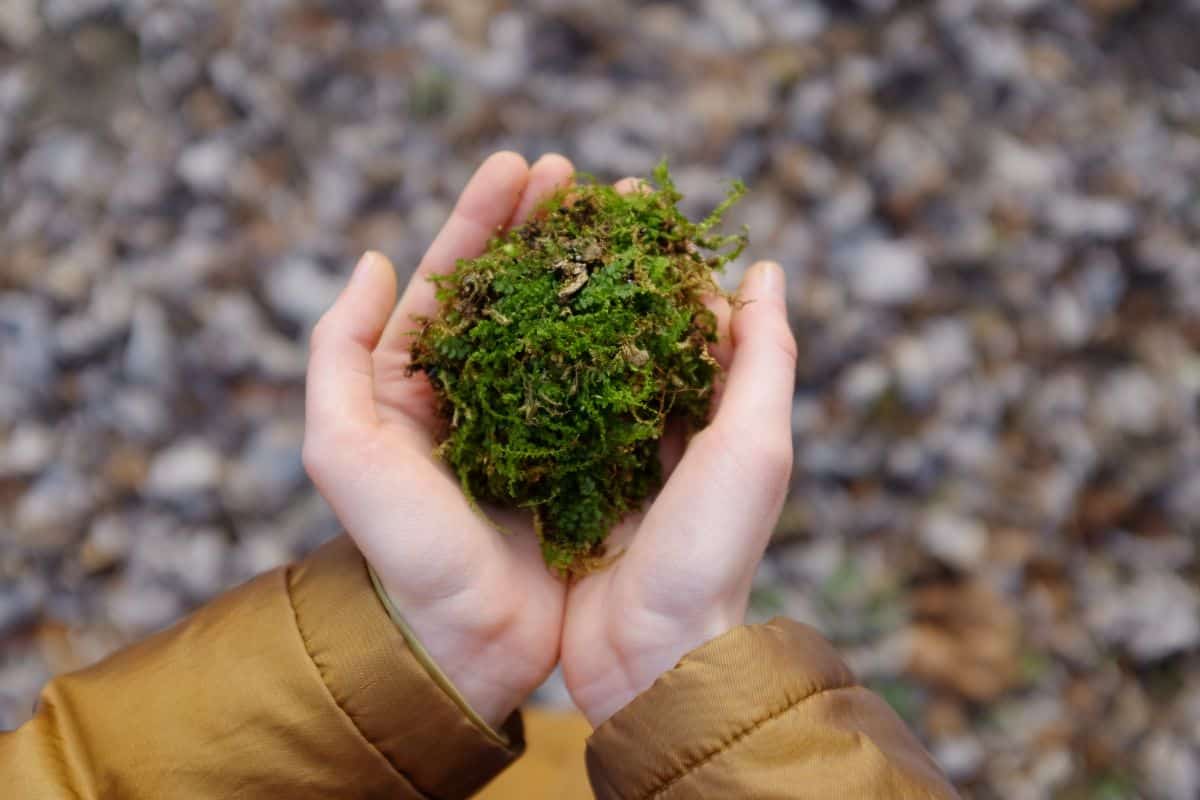
How Long Does Sphagnum Moss Last?
Read more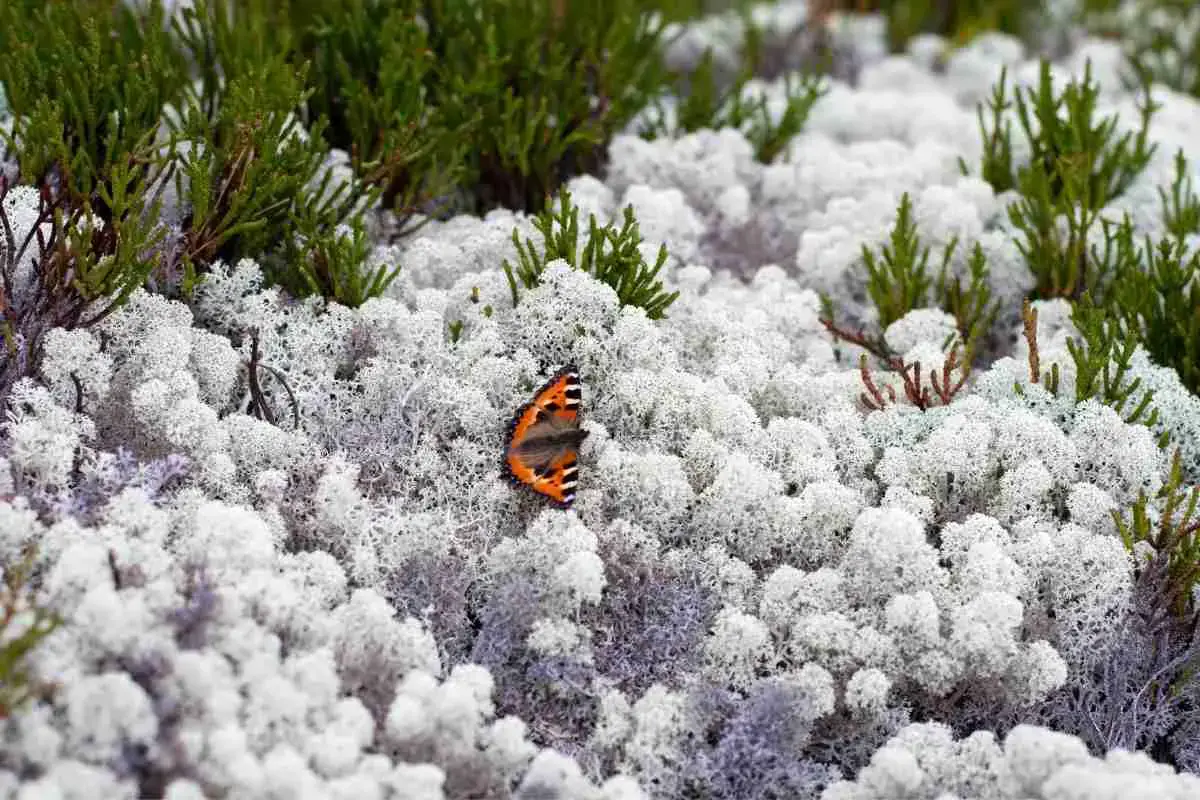
22 Different Types of Lichens (Detailed Guide)
Read more
Scotch Moss or Irish Moss: Unveiling the Key Differences You Need to Know!
Read more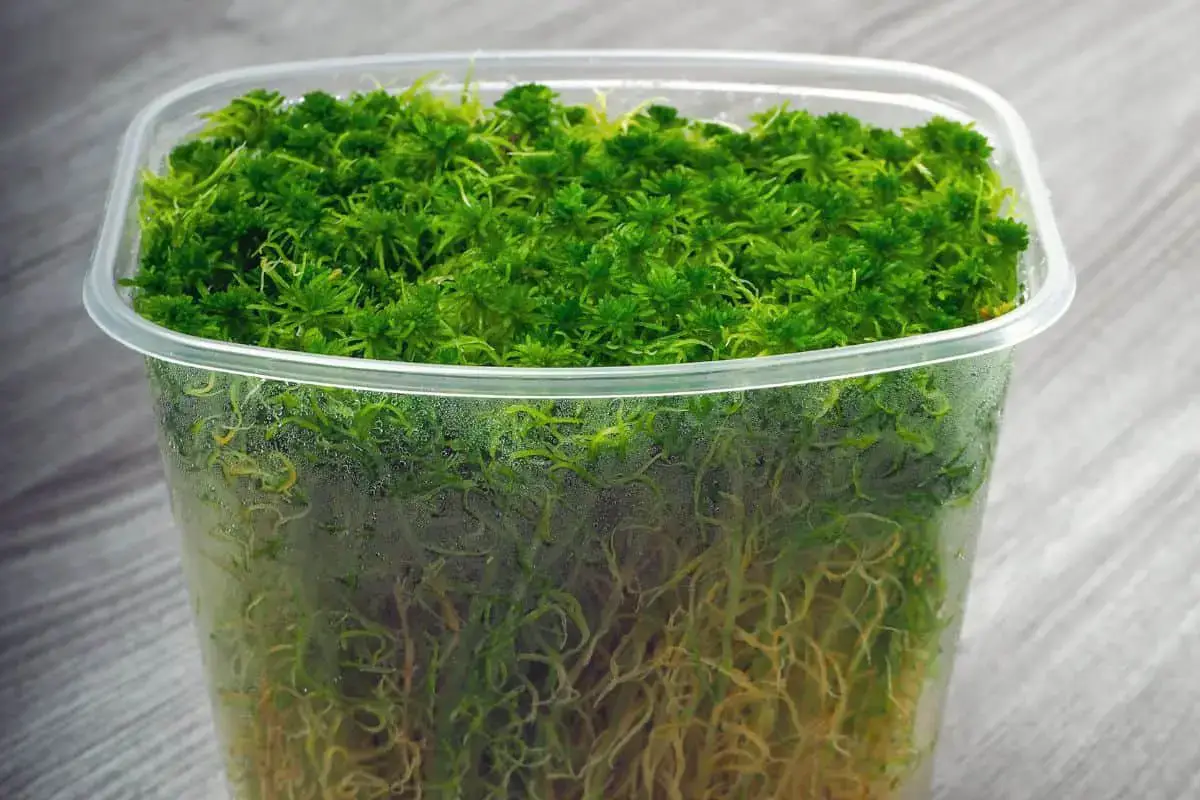
Can Sphagnum Moss Grow Underwater?
Read more
How To Grow Moss On Wood? In 6 Easy Steps!
Read more
What Is The Best Time Of Year To Remove Moss From Roof?
Read more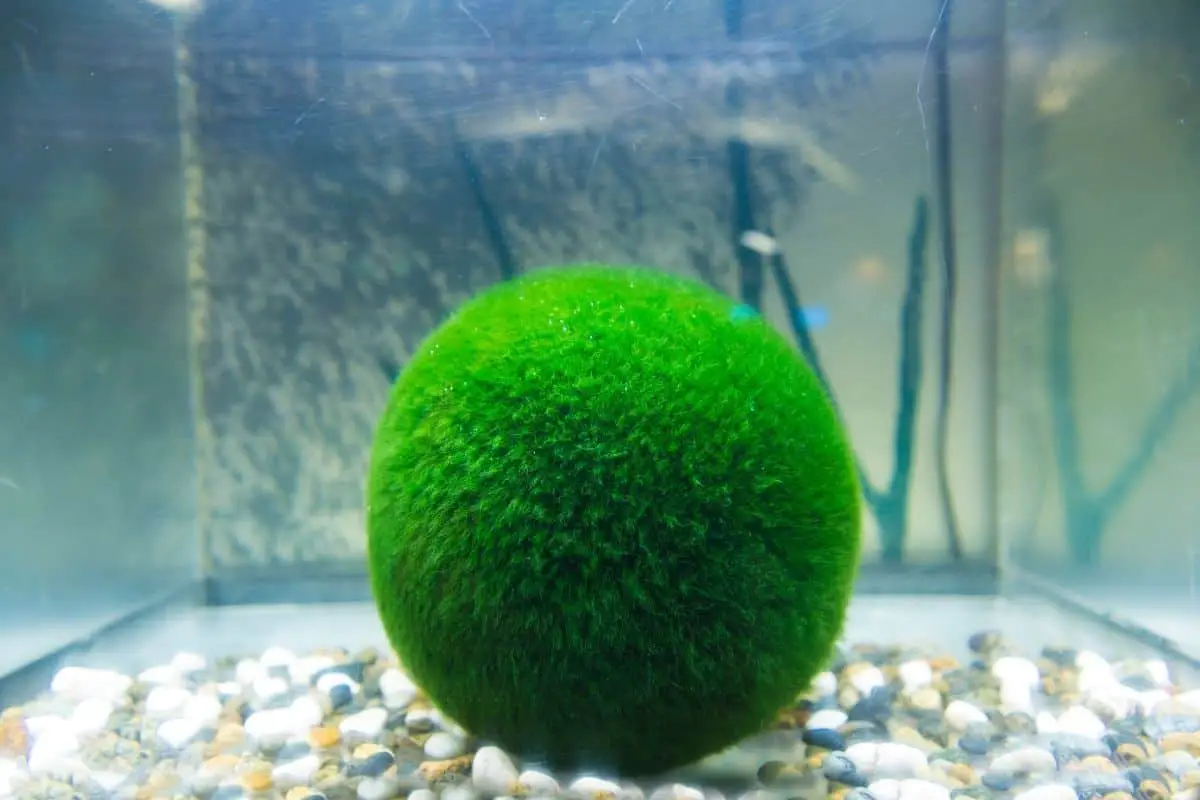
Do Moss Balls Need Food? Moss Ball Care!
Read more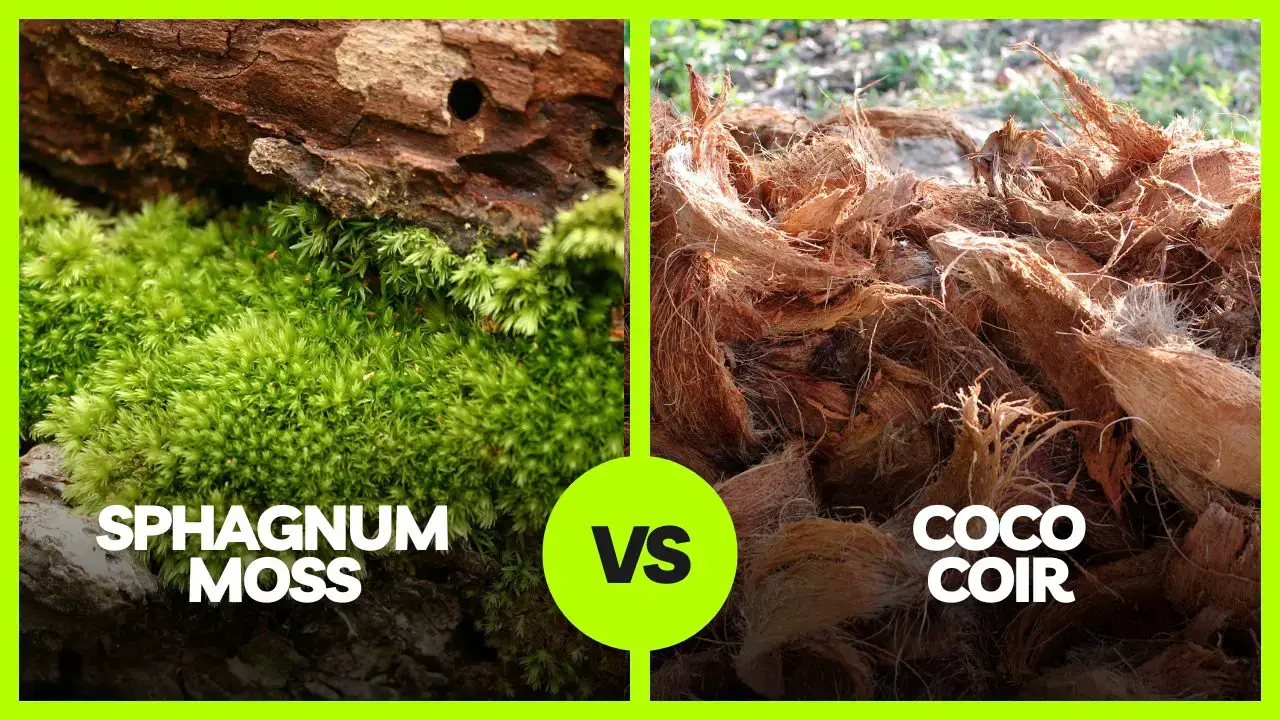
Sphagnum moss pole vs Coir pole. Which one is best for your houseplants?
Read more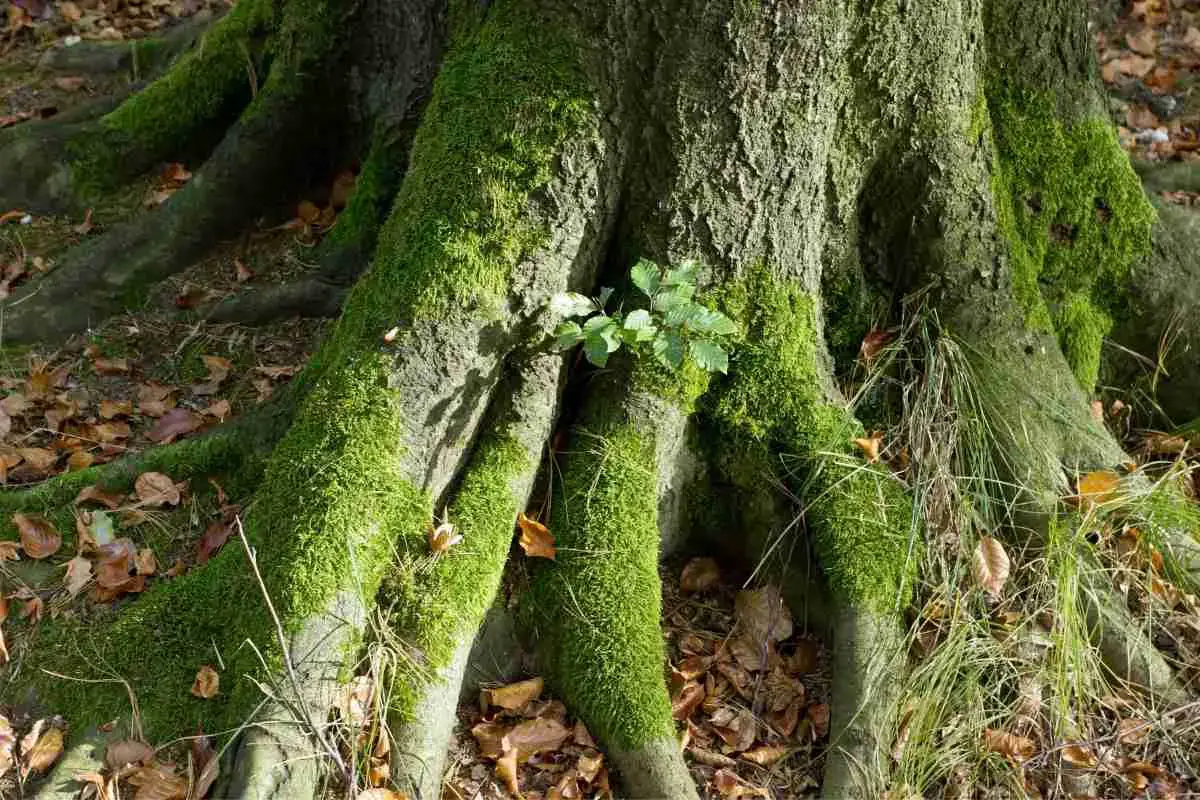
How Does Moss Grow On Trees? And Why?
Read more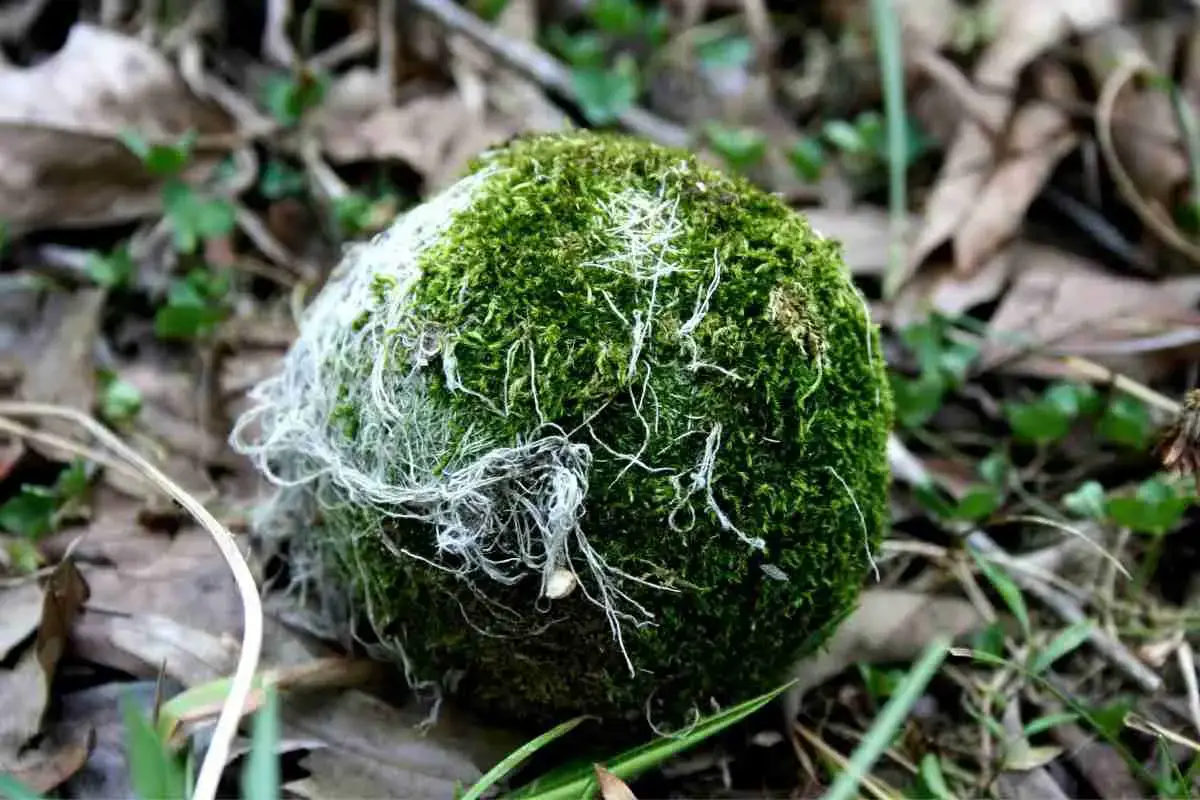
Are Moss Balls Alive? Everything You Need To Know!
Read more
Does Moss (Have And Use) Roots To Grow?
Read more